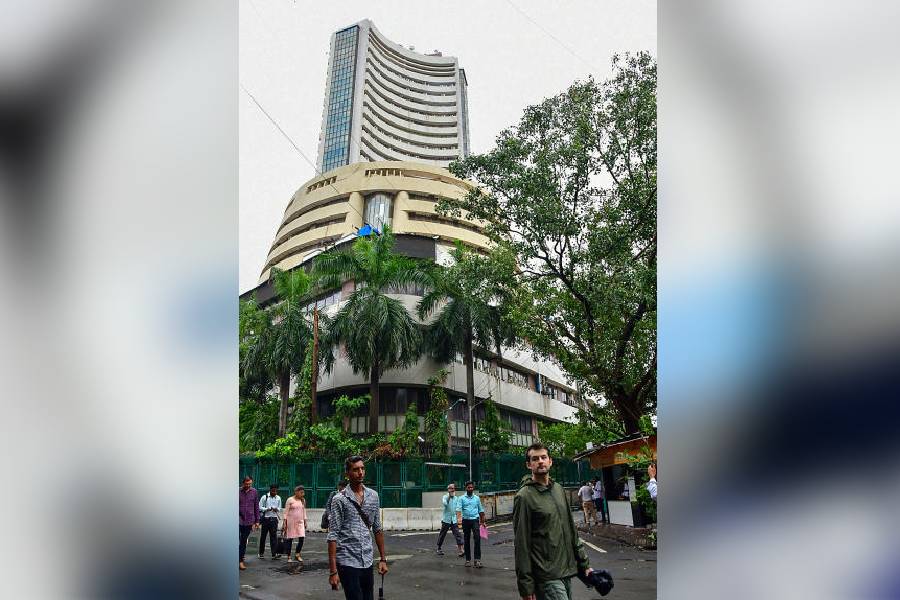Capital market regulator Sebi is expected to come up with another consultation paper on the total expense ratio (TER) after deferring the decision to rationalise TER at its board meeting on Wednesday.
Mutual funds at present are permitted to charge certain operating expenses — such as sales and marketing, advertising and administrative expenses, investment management fees, registrar fees and custodian and audit fees. All such costs are collectively referred to as the total expense ratio and are set as a percentage of the average of the scheme's NAV.
TER rates are slab based: for equity funds, on the first Rs 500 crore assets under management (AUM), maximum TER is set at 2.25 per cent and that of debt funds at 2 per cent. On the next Rs 250 crore, for equity funds, it is at 2 per cent and for debt funds, it is at 1.75 per cent.
Mutual funds can also charge brokerage costs, additional expenses for schemes with exit load and GST on investment and advisory fees.
In a consultation paper floated by Sebi in May, it had proposed to set TER slabs at the AMC level and not at the scheme level. The slabs would be different for equity and non-equity-based AUM and the maximum fee that can be charged for an equity scheme is 2.55 per cent for the first AUM slab of Rs 2,500 crore. For the next 2500 crore, it would be 2.45 per cent and so on.
Among the other changes stated in the consultation paper, the TER limit is also proposed to be inclusive of additional expenses such as brokerage, transaction expenses and GST.
Industry concern
“Assuming the new rules are restricted to active equity schemes, our analysis shows that if all expenses are included in TER, the negative impact could range from 13-34 bps. Assuming 60 per cent of the expenses are passed along to distributors, listed players with a large equity AUM corpus could see a sharp drop-off in FY25 net profit in the range of 6-15 per cent,” said a note from Bank of Baroda Capital Markets.
“The kind of research bandwidth that is required to cover the entire universe of listed stocks, no AMC has the bandwidth on its own. That is why stockbrokers are needed and that cost should be outside TER,” a senior executive of a brokerage told The Telegraph.
What next?
The industry has impressed upon the regulator how the sector has been able to grow its AUM within the current structure. It has also stated the importance of research done by brokerage firms and the need to keep brokerage and GST charges separate outside TER.
The new consultation paper is expected to take into consideration these additional views. However, sources said the regulator is unlikely to change the new proposal relating to lower commissions offered in case of switch transactions to discourage churning and misselling.
“We expect a more refined version of the consultation paper to be released in some days from Sebi which will give relief to the industry compared to the earlier one,” said Mukesh Kochar, national head — wealth at AUM Capital Market.
“It appears that Sebi has deferred this to undertake further study and perhaps do more consultation. It is a good thing that they are considering the stakeholder's views,” said Naresh Pachisia, senior vice-president, Bharat Chamber of Commerce.










